~がります is used when a person is acting out the feeling or condition described by the adjective, or pretending to be in the condition described by the adjective
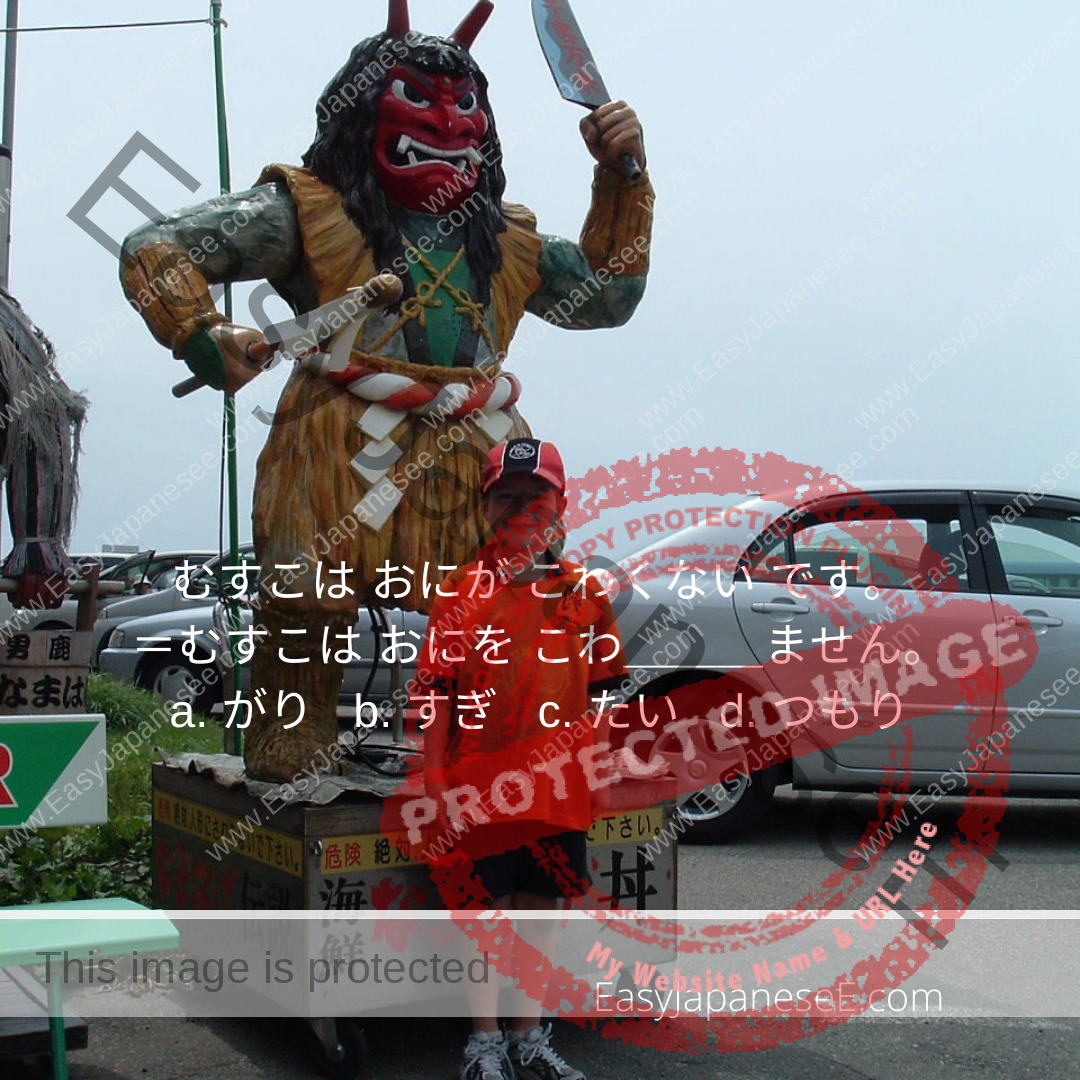

~がります is used when a person is acting out the feeling or condition described by the adjective, or pretending to be in the condition described by the adjective
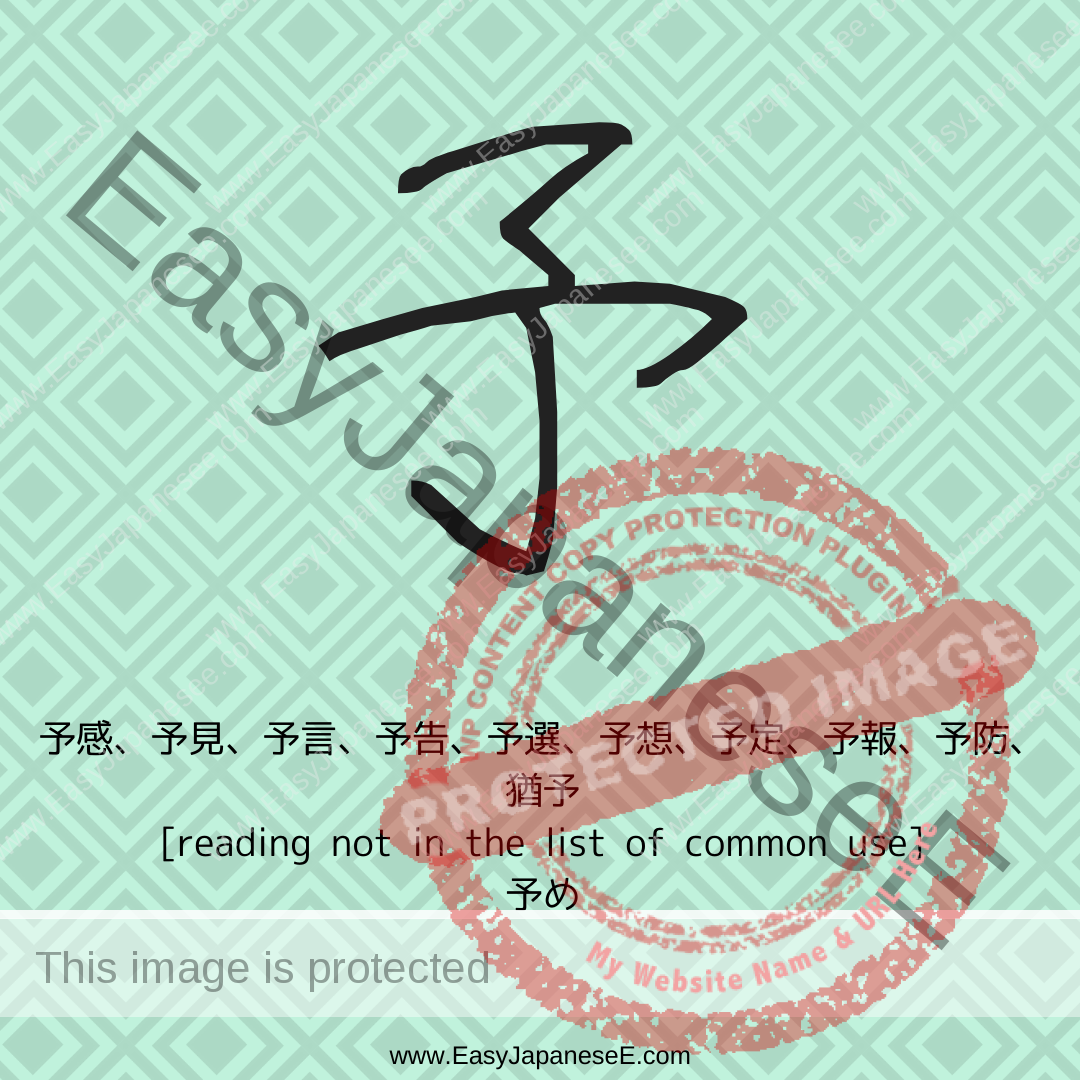
Today’s #kanji is #予, which is listed under the radical of #はねぼう(亅)and it is a pictograph depicting a hand forcibly giving things. Can you tell what each of these examples means?
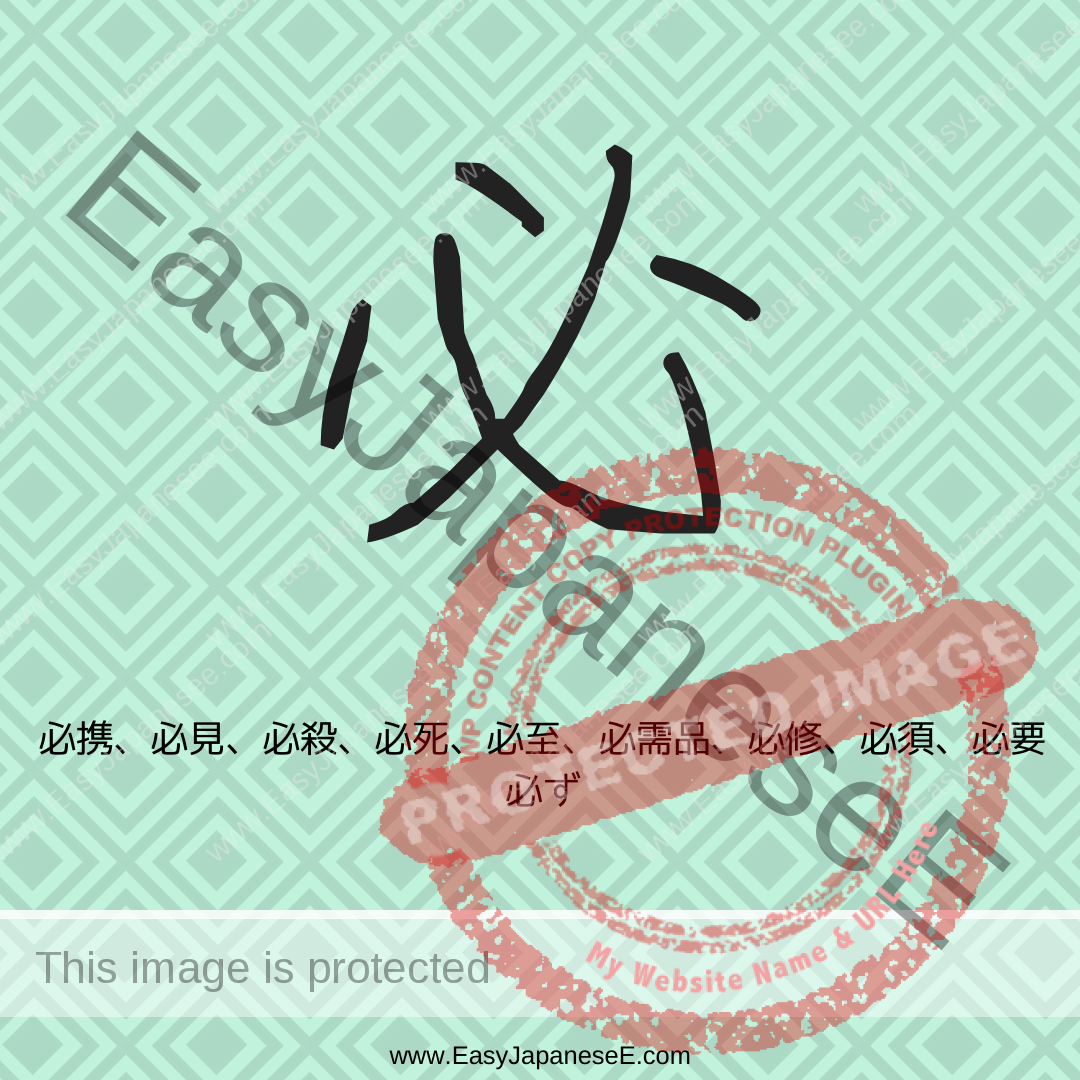
Today’s #kanji is #必, which is listed under the radical of #こころ(心) but its original form was made of its semantic element of 弋 (the original form of 杙) and phonetic element of 八, though 必 and 八 do not share a sound.
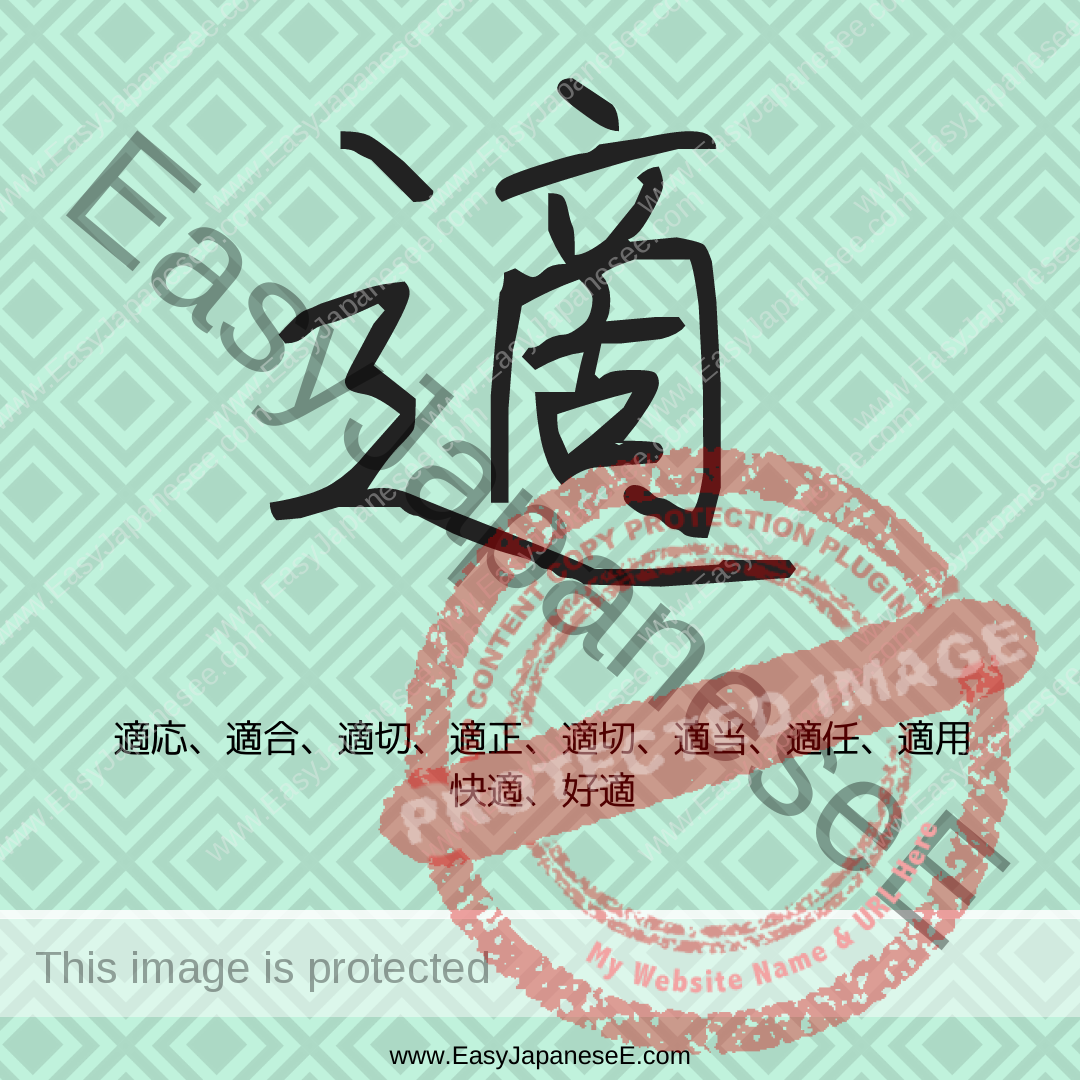
Today’s #kanji is #適, which is listed under the semantic element of #しんにょう(辶), which represents an association with roads. Its phonetic element is 啇 which means to go.
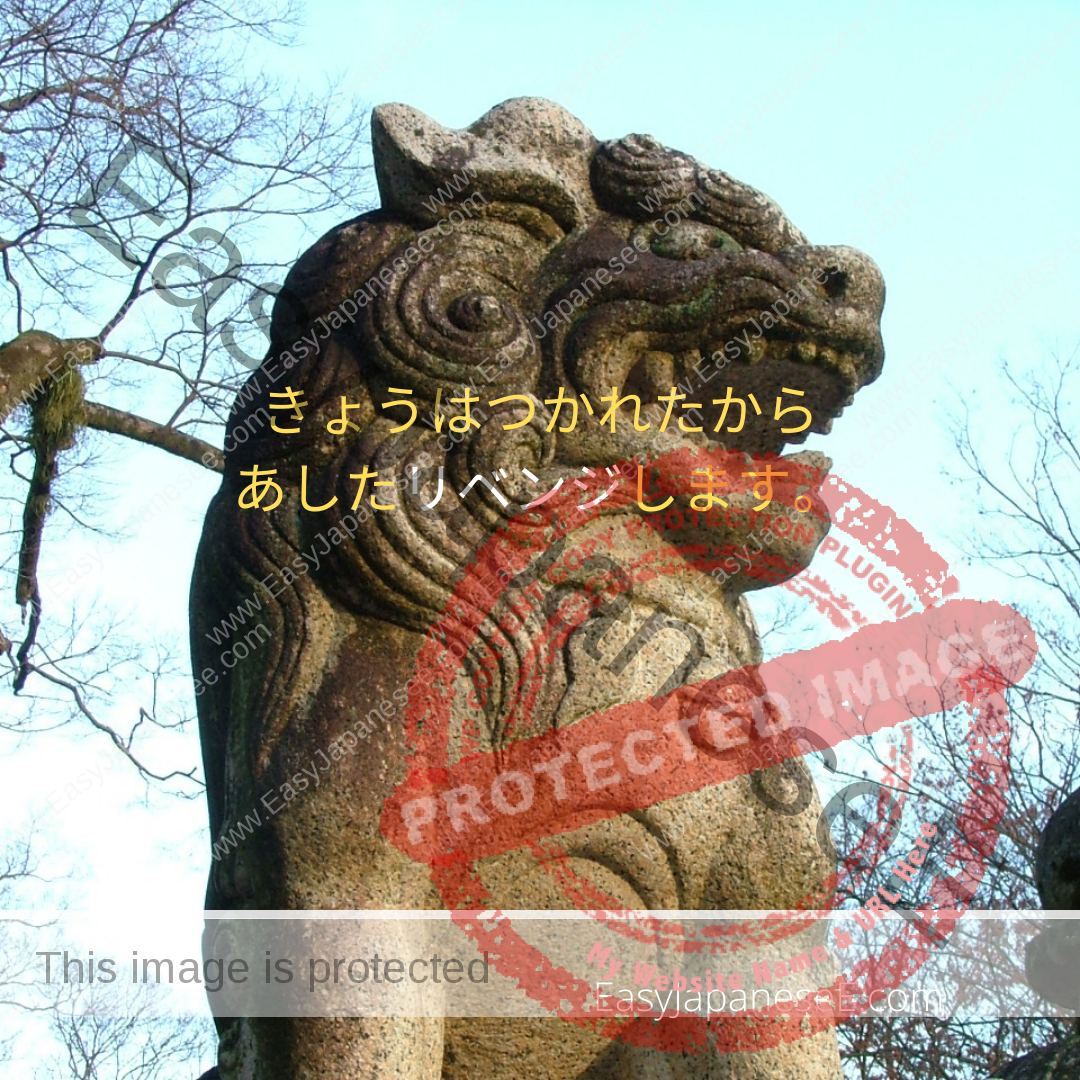
It seems the word リベンジ seems to have obtained a citizenship in Japanese. It is a transliteration of the English word, revenge, but do you know how it’s used in Japanese?

Today’s #kanji is #直, which is listed under its semantic element of 目. It used to be written differently and its phonetic element is a character similar to 丨, though 直 and 丨 do not share a sound.
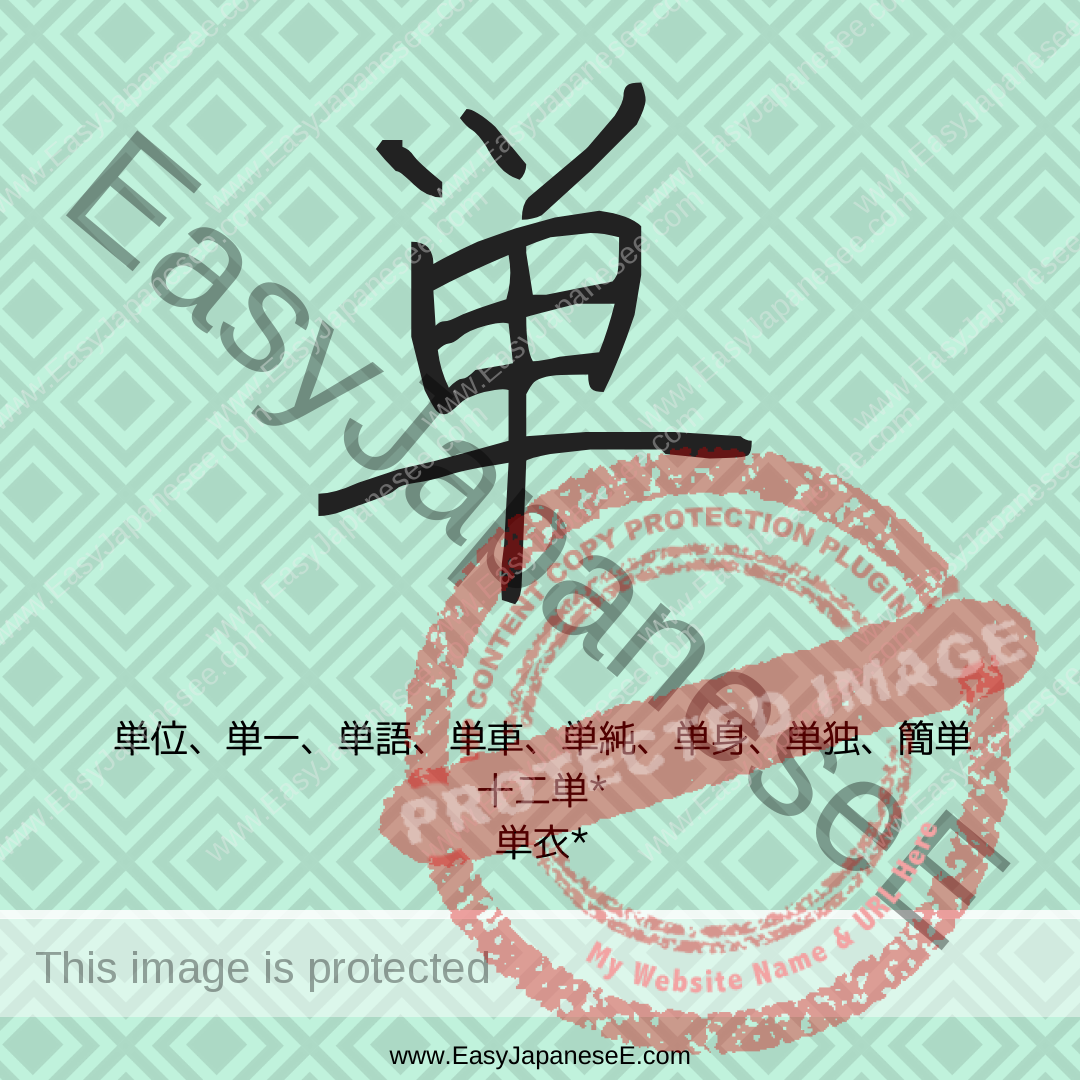
Today’s #kanji is #単, which is listed under the radical of #つかんむり(ツ) in my dictionary. There seems to be more than one theory regarding how this character was developed …
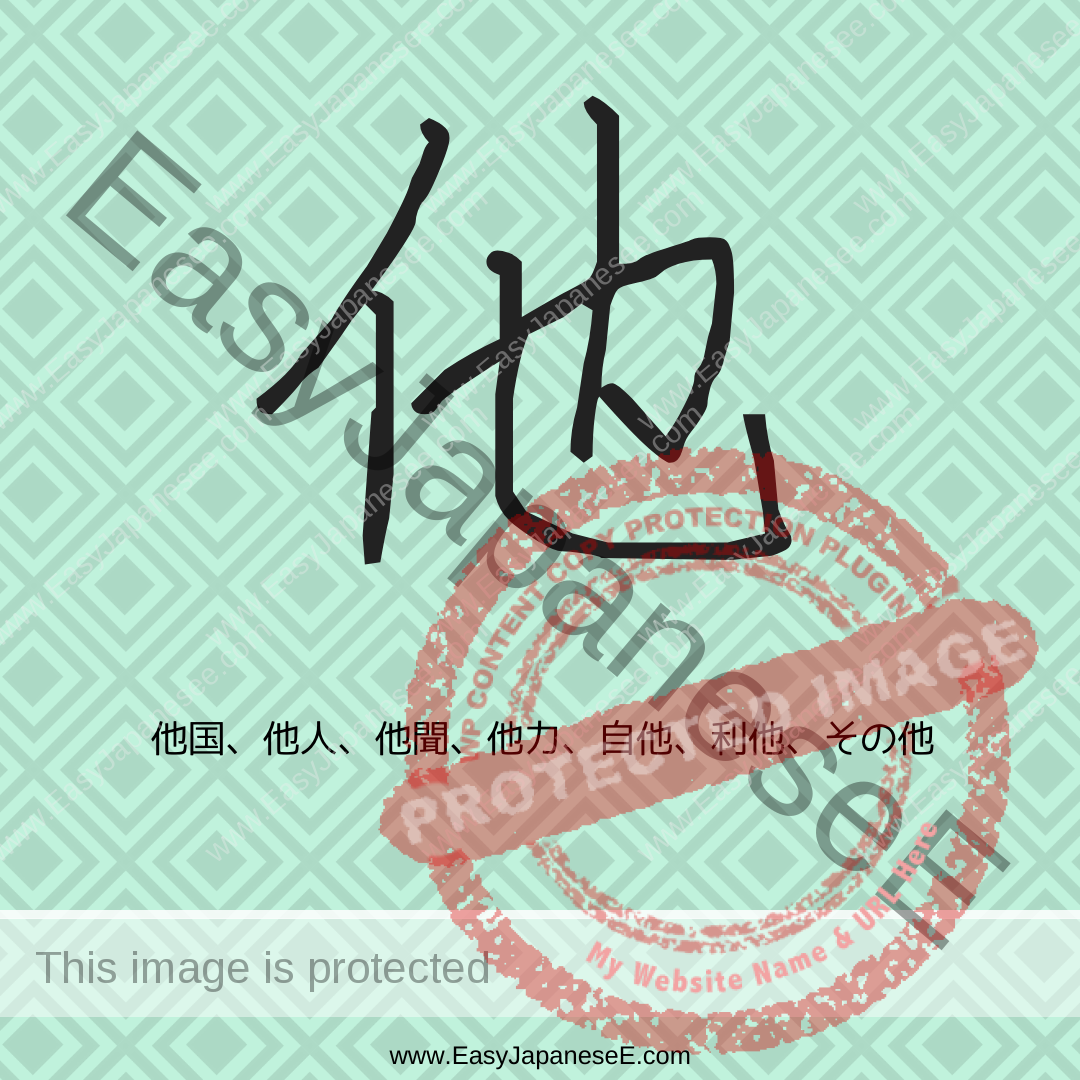
Today’s #kanji is #他, which is made of its semantic element of #にんべん(亻) and phonetic element of 也, though 他 and 也 don’t share a sound.
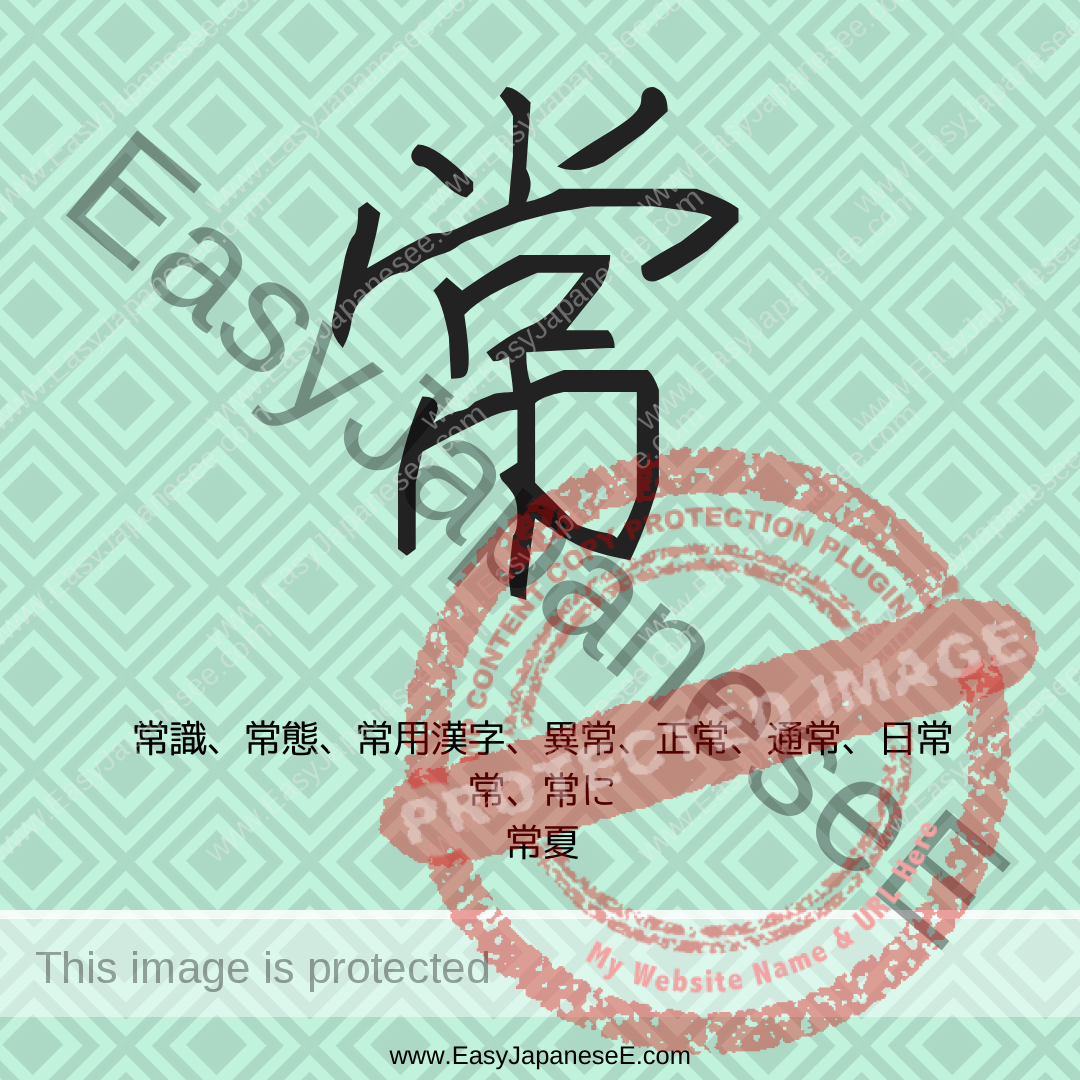
Today’s #kanji is #常, which is made of its semantic element of #はばへん(巾) and phonetic element of 尚, though 常 and 尚 don’t share quite the same sound.
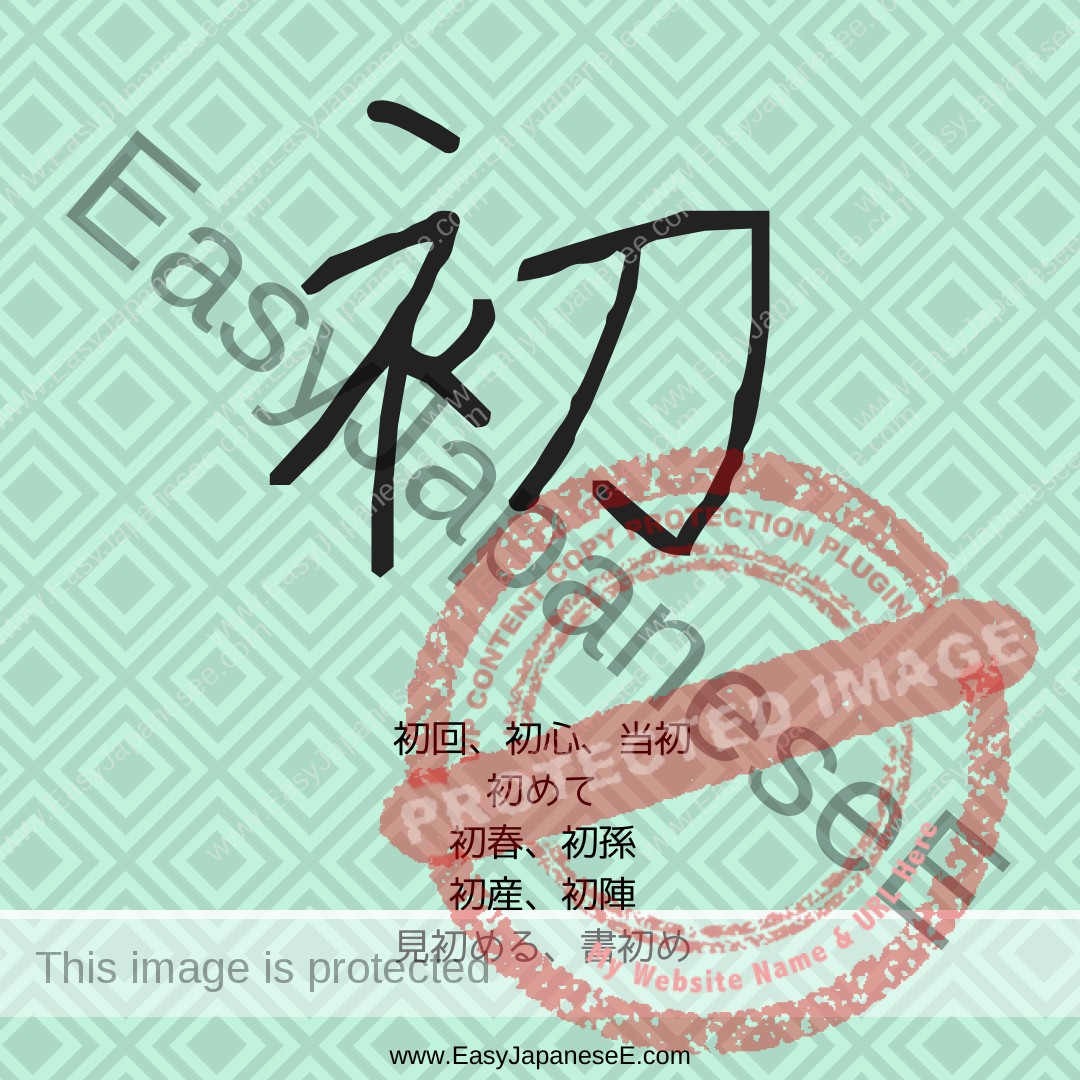
Today’s #kanji is #初, which is a compound ideograph between 刀 and 衣(the left hand side 衤 is called ころもへん). It has 5 different readings.
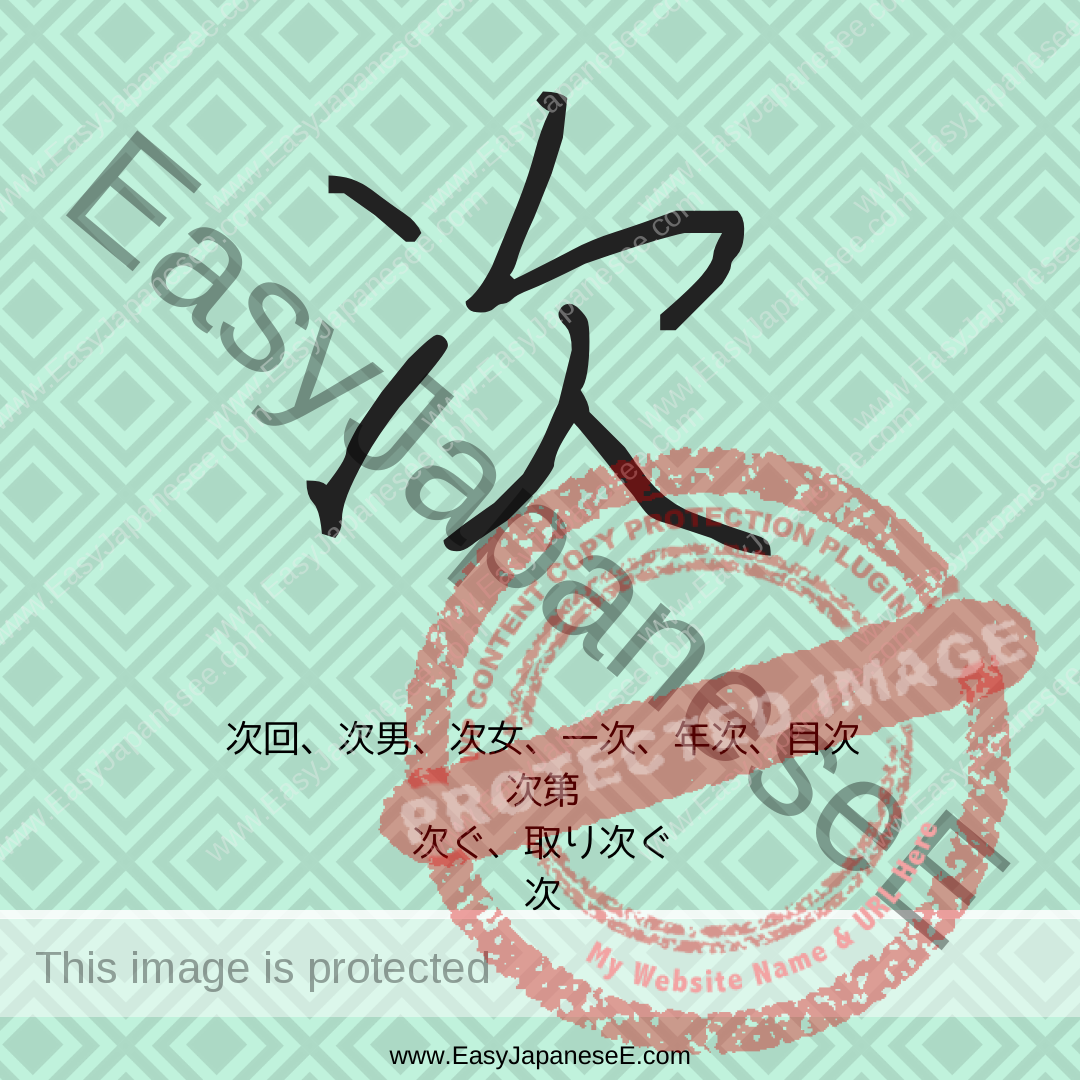
Today’s #kanji is #次. It is listed under the radical of #けんづくり(欠) that is also its semantic element with the meaning of “yawning.” Its phonetic element is 二.
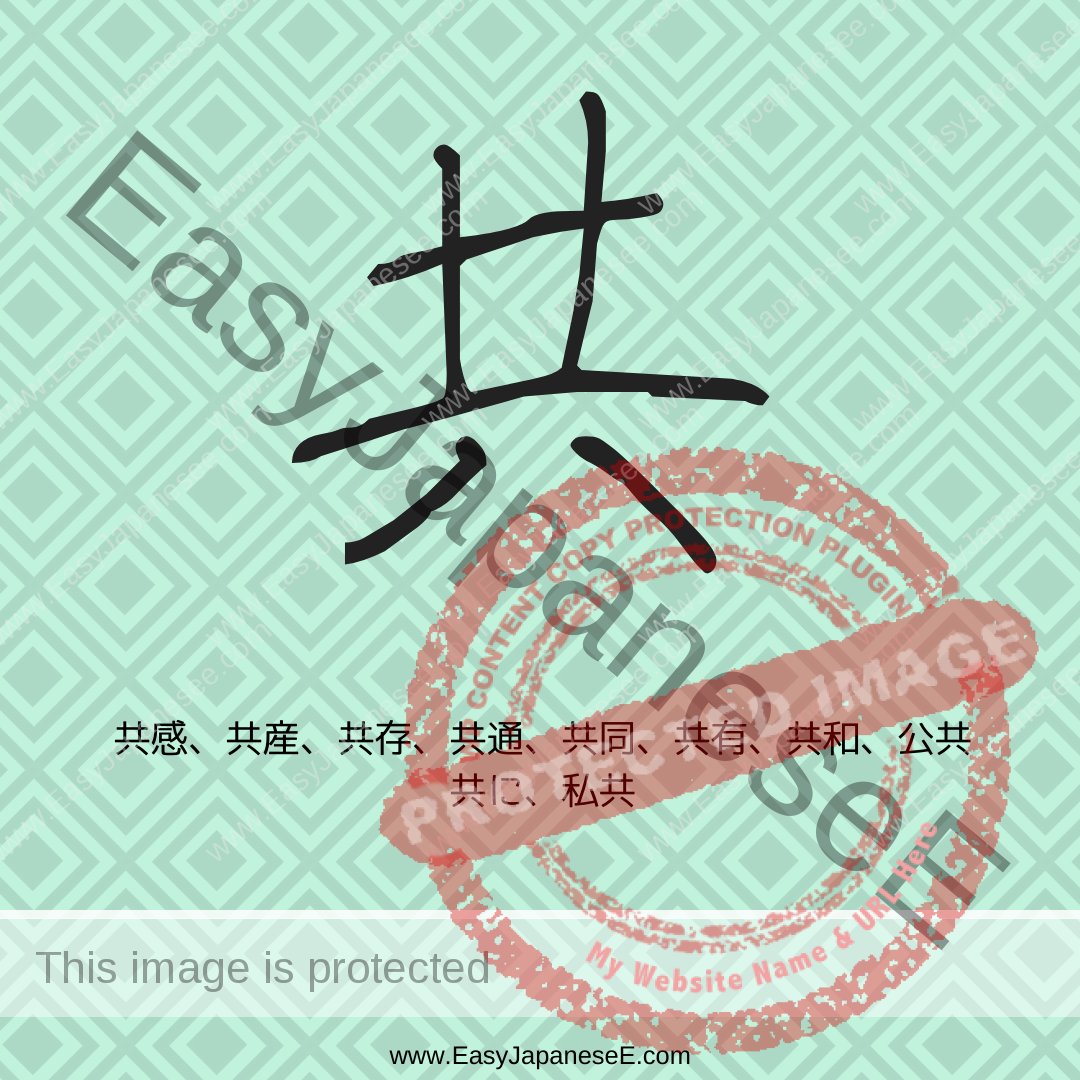
Today’s #kanji is #共 which is listed under the radical of #はち (八) and is a compound ideograph between 廿…
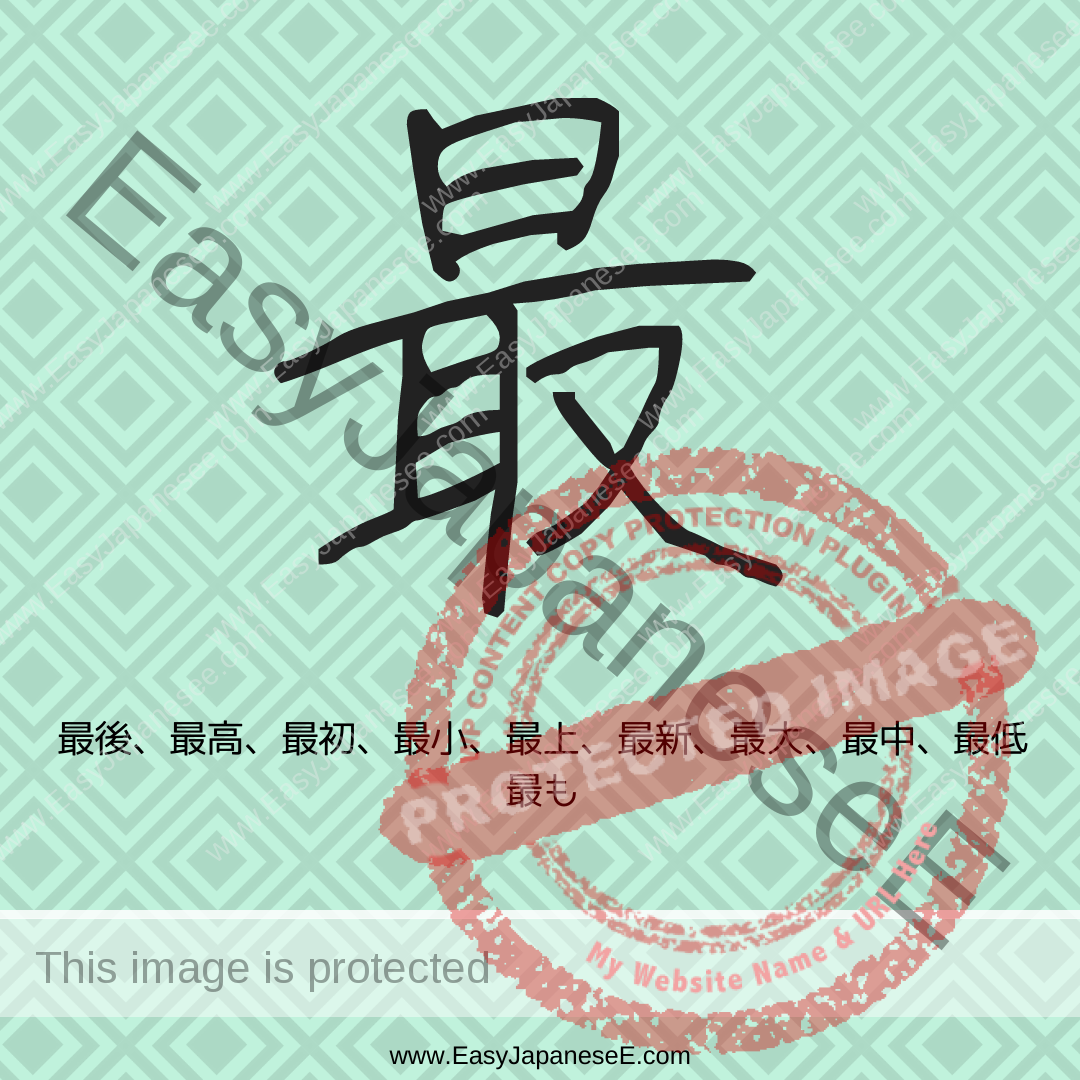
Today’s #kanji is #最, which is listed under #にちへん(日) but it is apparently a compound ideograph between 冃 (“risking” or “covering”) and 取 (“to take”).
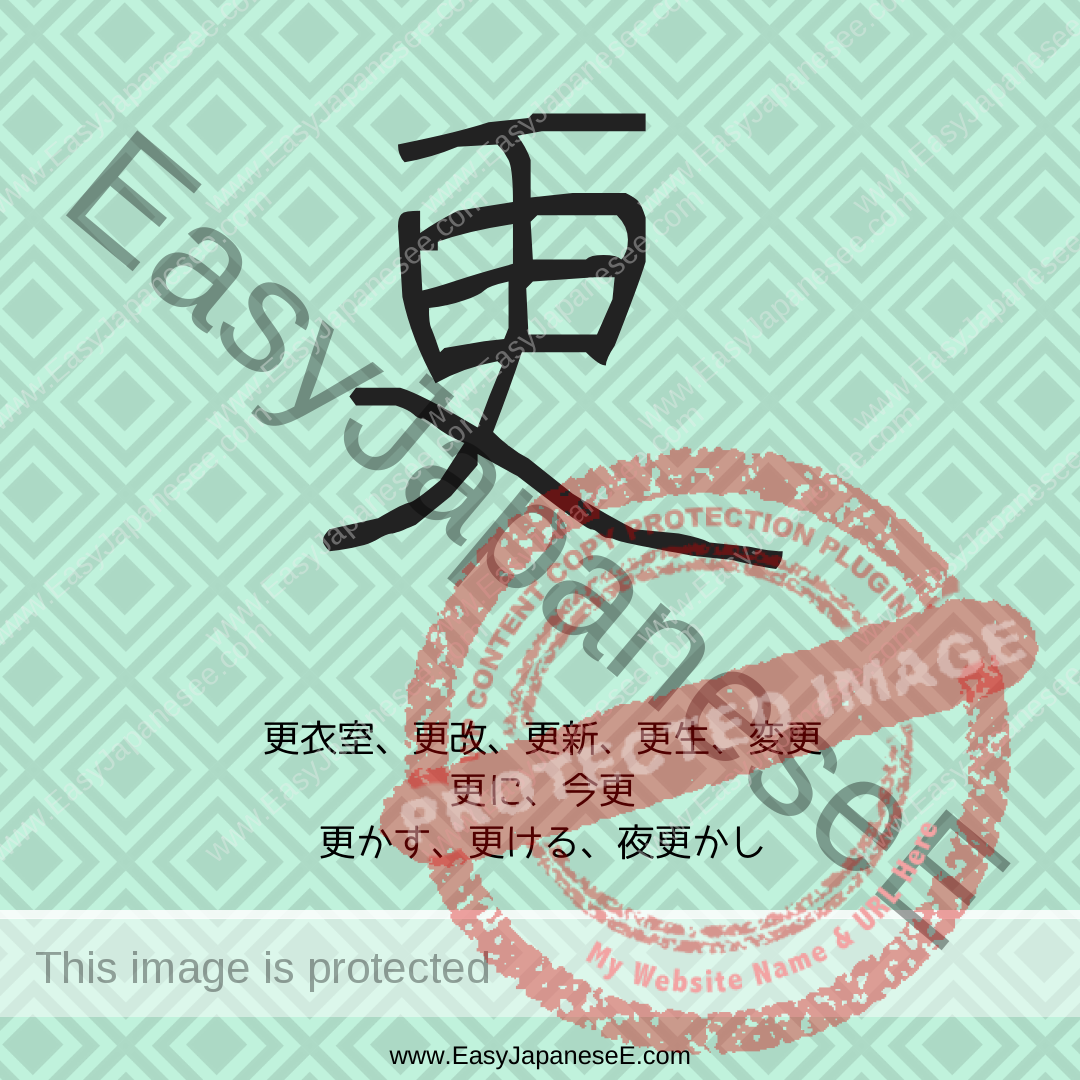
Today’s #kanji is 更 listed under #ひらび(日) but it apparently is made of its semantic element of 攴(ボク) and phonetic element of 丙 though 丙 and 更 don’t share a sound
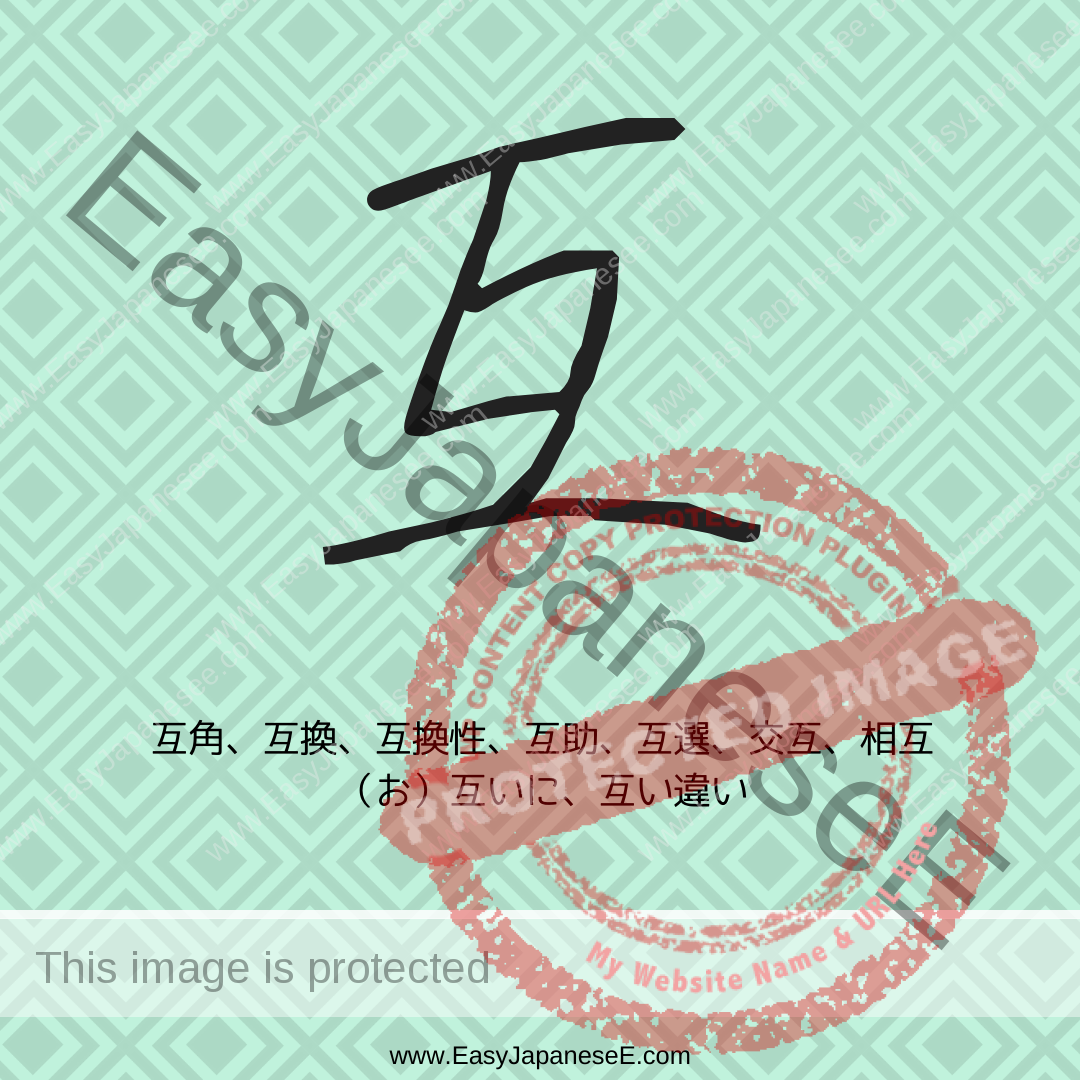
Today’s #kanji is #互, which is listed under the radical of #に(二). Apparently it is a pictograph depicting a rope twisted around 2 bamboo rods.

~ずつ is used with [a number + counter] and means “~ each” or “~ at a time.” Read all the examples and learn how to use it.

Today’s #kanji is #現, which is listed under the radical of #たまへん(玉), although the actual radical is 王, and it…

Today’s #kanji is #静 which is a simplified version of 靜. 靜 is made of its semantic element of #あお(靑)…

Bilingual explanation about Easter related items, hot cross buns, Easter bunnies, Easter eggs and Easter egg hunts. Try to translate into your second language.
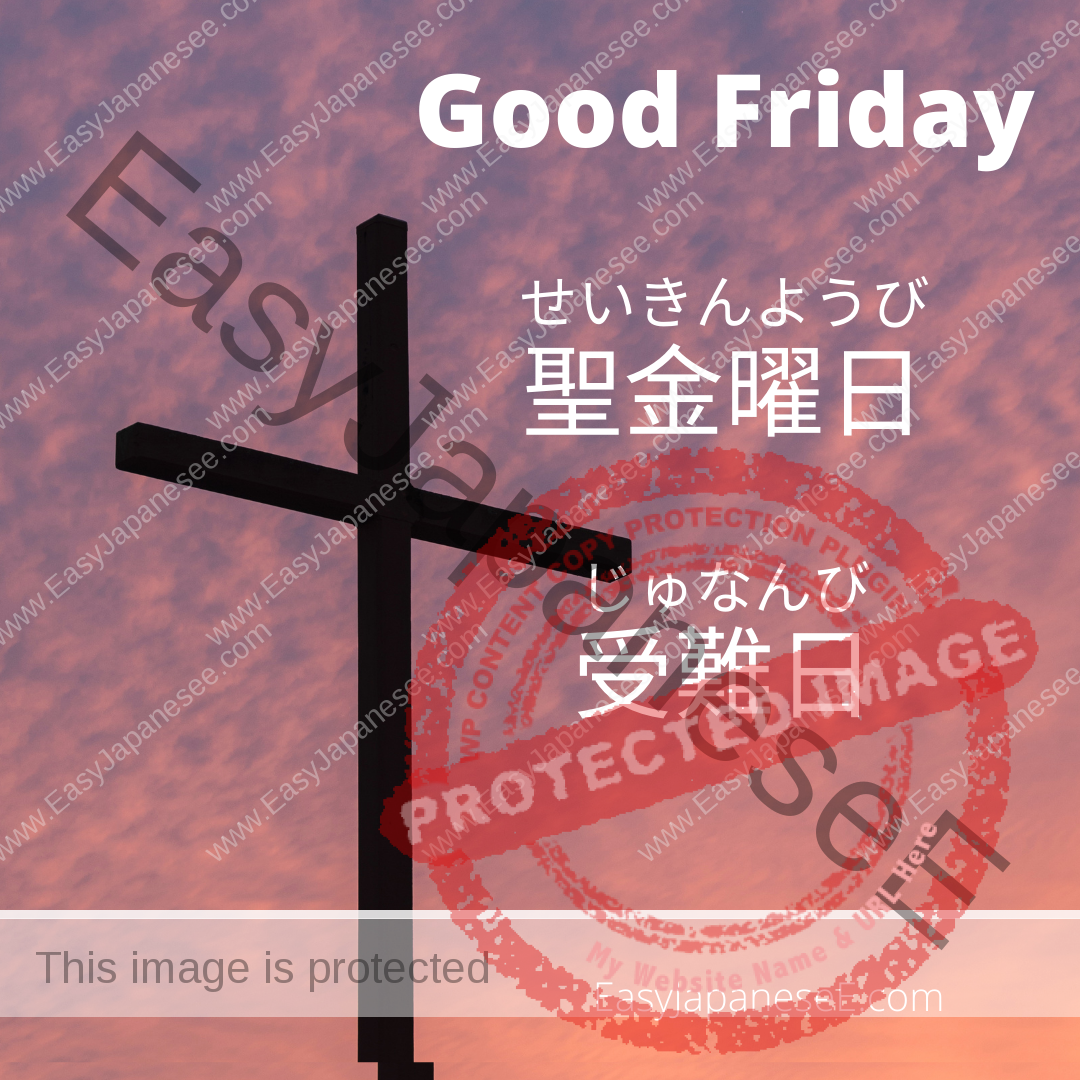
Bilingual explanation about Easter. Learn some words and read useful expressions for Easter weekend!
イースターに関するバイリンガルの説明ページです。イースターの週末に役に立つ表現をどうぞ。
